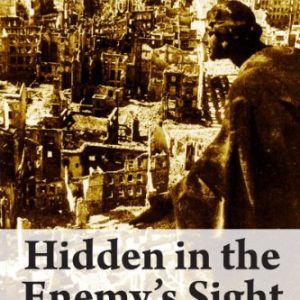Description
pp. 128, “The work of Edouard Manet scandalized his compatriots. It was not primarily Manet’s new subject matter – the pulsating night life of Paris with its cafes, bars, and cabarets – that offended contemporary taste. For journalists and art critics of the day his paintings lacked realism – they were too flat and the coloring too harsh. In Hajo Duchting’s vivid descripion of the changing Paris of Napoleon III, Manet’s famous friends – Baudelaire, Zola, and Mallarme – speak out in his defense.
In a detailed discussion of a wide selection of Manet’s paintings the tension between traditionalism and modernism emerges as a key feature of his work. Well trained in academic painting and strongly influenced by Velazquez, Goya and Hals, Manet’s painting technique was based on the juxtaposition of light and dark blocks of color, using a restricted palette in which black was very important. In contrast to the impressionists, who were concerned with transforming fleeting visual impressions of atmosphere and light into a web of shimmering colors, Manet’s eye concentrates on the motif, on the figure in its individuality, the essence of which he was able to capture with a few adroit brushstrokes.”






